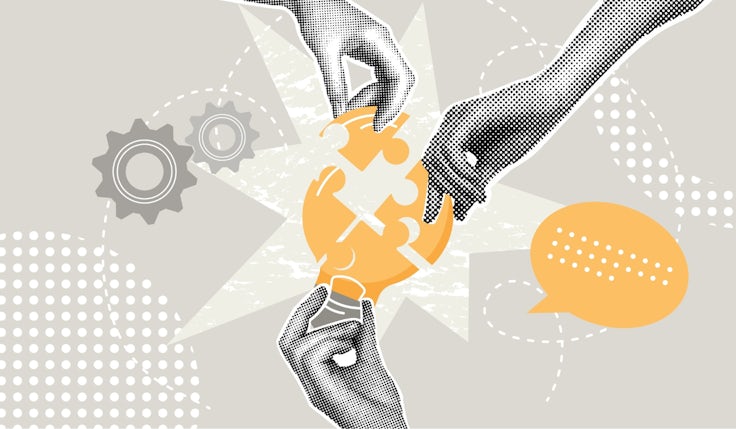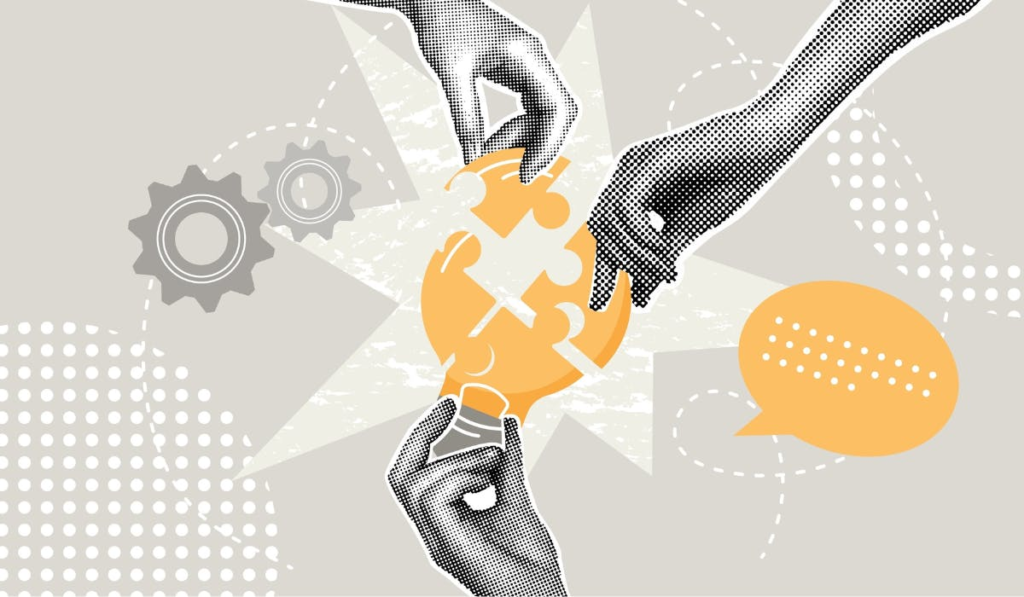B2C brands are more than twice as likely as B2B firms to have analysis in place to measure creative quality, new data reveals.

Brands are putting greater energy into creativity to stand out in a market defined by volatility, heightened competition and persistent cost of living pressures, according to new data.
Marketing Week’s 2025 Language of Effectiveness research, in partnership with Kantar and Google, finds almost two-thirds (64.7%) of the more than 1,000 brand marketers surveyed have increased their focus on the quality of their creative over the past 12 months.
Some 55.7% of B2B brands have ramped up their interest in creativity in the past year, as have over two-thirds (67.3%) of B2C firms. This is also the case within 69.2% of SMEs (250 employees and under) and 62.3% of large organisations.

Brands are putting greater energy into creativity to stand out in a market defined by volatility, heightened competition and persistent cost of living pressures, according to new data.
Marketing Week’s 2025 Language of Effectiveness research, in partnership with Kantar and Google, finds almost two-thirds (64.7%) of the more than 1,000 brand marketers surveyed have increased their focus on the quality of their creative over the past 12 months.
Some 55.7% of B2B brands have ramped up their interest in creativity in the past year, as have over two-thirds (67.3%) of B2C firms. This is also the case within 69.2% of SMEs (250 employees and under) and 62.3% of large organisations.
Almost two-thirds (63.9%) of the total sample say the quality of the creative is one of the more influential factors in overall marketing effectiveness, with 16.7% describing it as the most influential factor of all.
Some 65.3% of B2B marketers claim creative quality is one of the most influential factors with regard to overall effectiveness, while 13.7% deem it the most influential factor. Among their B2C peers, 17.2% believe creativity is the most important element of the effectiveness agenda, while over two-thirds (68.7%) describe it as one of the more influential factors.
Could the ‘vocabulary of brand’ be making measurement harder?
Two-thirds (65.4%) of SMEs view creative quality as a key element that makes up overall effectiveness, with 14.6% describing it as the most influential factor. Large businesses are slightly more likely (17.6%) to deem creative quality as having the greatest influence on overall effectiveness, while 63.4% deem it one of the more influential elements.
That said, under half (46.2%) of the total sample work in a business with analysis specifically in place to measure creative effectiveness.
While half of large firms (51%) have analysis in place to measure creative quality, less than two-fifths (36.9%) of SMEs say the same.
An even starker difference emerges when looking at the data in terms of B2B and B2C. Consumer-facing brands are more than twice as likely (58.6%) to have analysis in place to measure creative quality than B2B companies (24.2%).
Modes of measurement
According to the Language of Effectiveness research, well over half (58.1%) of marketers use virtual or in-person focus groups to measure creative effectiveness – the most popular methodology cited.
This is followed by creative testing of finished assets (55.8%), benchmarking against industry standards such as engagement rates (48.8%), A/B or multivariate testing (47.7%) and creative testing of work in progress (42.4%).
Just over a fifth of the sample use AI-based creative testing (22.7%) and eye tracking (22.1%) to analyse creative effectiveness, followed by facial emotion recognition (16.3%), controlled tests (14.5%) and neuroscience (13.4%).
Focus groups are the methodology of choice (56.5%) for B2B marketers to measure creative effectiveness, while creative testing of finished assets (65.5%) is more popular within B2C brands.
The least popular methodology cited by B2B brands is AI-based creative testing (13%), while only a tenth (10.3%) of B2C companies engage in neuroscience.
SMEs (58.3%) and large businesses (57.4%) are also most likely to use focus groups to measure creative effectiveness.
Facial emotion recognition (8.3%) is the least popular methodology cited by smaller businesses, while neuroscience is the least likely to be used (11.5%) by large firms.
Read all our Language of Effectiveness content so far here.


